Best Reef Safe Sunscreen Australia Guide
When you're searching for the best reef safe sunscreen in Australia, it’s about more than just sun protection. You’re looking for a formula that guards your skin against our harsh sun while also protecting our incredible marine ecosystems. The best ones usually feature non-nano zinc oxide, are TGA-approved, and come from Aussie brands that get just how important both skin health and ocean preservation are.
Why Your Sunscreen Choice Matters Down Under
Australia's love affair with the ocean is legendary, from Sydney's iconic beaches to the fragile beauty of the Great Barrier Reef. But this sun-and-sea lifestyle comes with a quiet responsibility. The sunscreen we smooth onto our skin can wash off in the water, directly impacting the underwater worlds we’re so lucky to have in our backyard.
Making a conscious choice has never been more important. It's about finding a product that works in harmony with our environment, not against it.
This dual need for protection for our skin and our seas, is a huge reason why the local sun care industry is growing so fast. Australia’s sun care market was valued at around USD 332.12 million and is expected to hit USD 486.31 million by 2030. That growth is fuelled by our country's intense UV exposure and a culture that’s built around being outdoors. You can learn more about the Australian sun care market growth and its drivers to see just how big this shift is.
The Two-Fold Mission of Modern Sunscreen
These days, the goal isn't just about preventing sunburn; it's about making an ethical choice. The best products now serve a two-fold mission, balancing personal health with planetary wellness. This guide will help you understand what makes a sunscreen genuinely "reef safe" and give you the confidence to pick an option that aligns with your values.
The core principle is simple: protect your skin with ingredients that don't harm marine life. It’s a shift from simply blocking rays to making a positive environmental statement with every application.
Making an informed decision means looking past the marketing slogans on the bottle and getting to know the ingredients inside. By doing so, you’re joining a bigger movement of conscious consumers helping to preserve Australia's natural wonders for generations to come.
In this guide, we'll explore:
- The key differences between chemical and mineral (physical) sunscreens.
- How to read labels to identify harmful ingredients.
- Our top picks for the best reef safe sunscreen Australia has to offer.
Understanding What 'Reef Safe' Really Means
You’ve probably seen the words 'reef safe' splashed across sunscreen bottles, but what does that actually mean for Australia's incredible marine ecosystems? It's not just a nice marketing phrase; it points to a huge difference in how a sunscreen works on your skin and how it behaves in our oceans.
Getting your head around this is the key to making a choice that’s genuinely friendly to our coral reefs.
Think of traditional chemical sunscreens like a sponge. They use ingredients like oxybenzone and octinoxate, which soak into your skin and work by turning UV radiation into heat. The problem is, when you go for a swim, these chemicals wash off and dissolve straight into the water. They act like invisible pollutants that are known to contribute to coral bleaching and mess with the delicate life cycles of marine animals.
The Mineral Shield Alternative
Reef-safe mineral sunscreens, on the other hand, work completely differently. Instead of a chemical reaction, they create a physical shield. The active ingredients usually zinc oxide or titanium dioxide which sit on top of your skin.
They form a physical barrier that literally reflects and scatters the sun’s harmful UV rays away from you, long before they can do any damage. Simple as that.
Because these tiny mineral particles aren’t designed to be absorbed into your skin or dissolve in water, they’re considered a much, much safer option for our oceans. This one simple difference, a chemical reaction versus a physical barrier—is what reef-safe sun protection is all about.
The infographic below really breaks down the ripple effect of making this switch, from saving our coral to protecting all sorts of marine life.
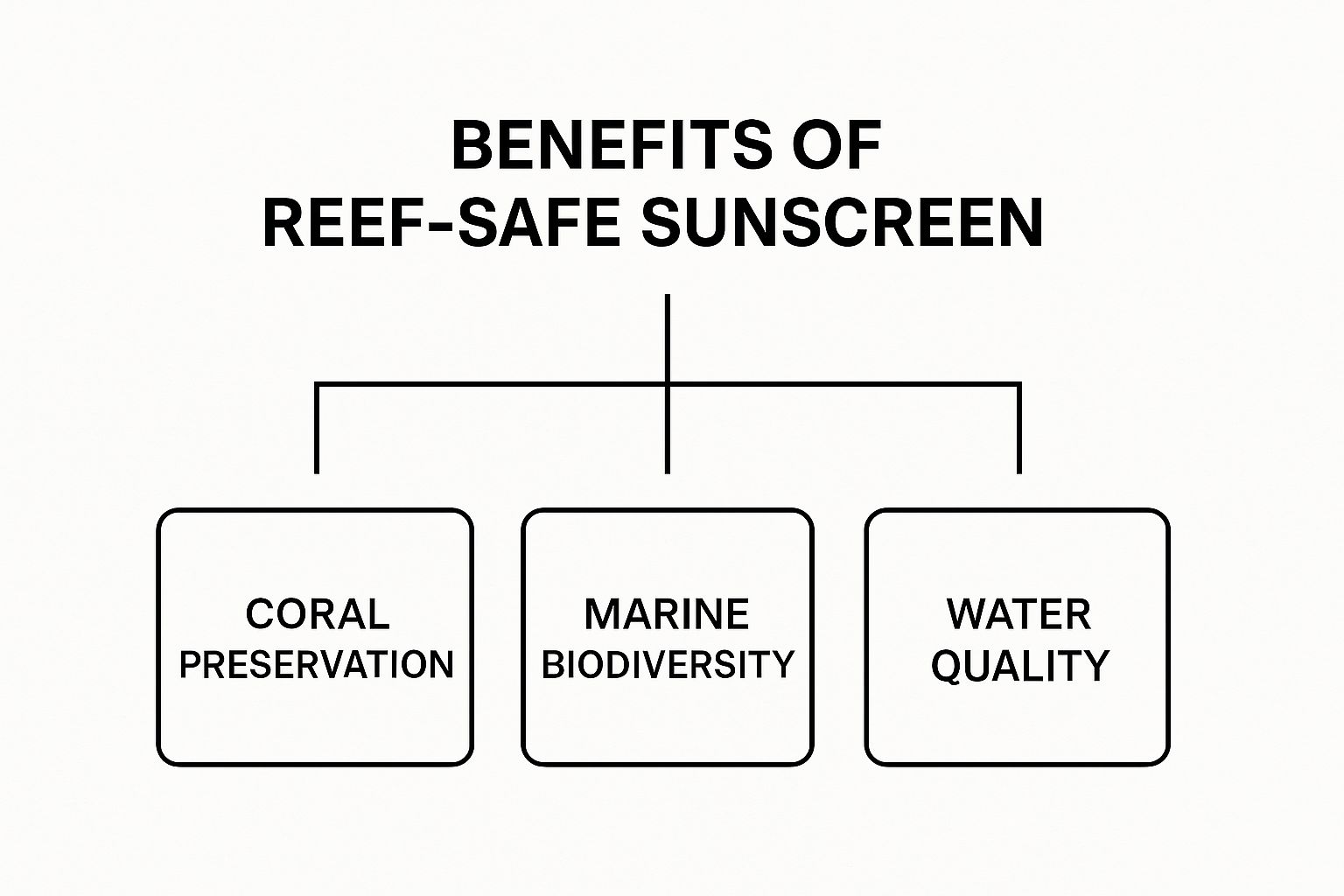
As you can see, choosing the right sunscreen has a flow-on positive effect that helps keep the entire marine ecosystem healthy and thriving.
How to Spot a Truly Reef-Safe Sunscreen
Here’s the catch: terms like 'reef safe' and 'reef friendly' aren't officially regulated in Australia. This means some brands might use them for a bit of greenwashing, even if their formulas still contain potentially harmful ingredients.
This is exactly why learning to read an ingredients list is your best superpower.
The surest way to choose a truly reef-safe product is to flip the bottle over and check the active ingredients. Look for non-nano zinc oxide and avoid the chemical filters known to harm coral reefs.
To make it even easier, here’s a quick cheat sheet of common sunscreen ingredients to look for and which ones to avoid.
Harmful vs Reef Safe Sunscreen Ingredients
| Ingredient | Type | Impact on Coral Reefs | Verdict |
|---|---|---|---|
| Oxybenzone | Chemical | Causes coral bleaching and damages coral DNA. | Avoid |
| Octinoxate | Chemical | Leads to coral bleaching, even at low concentrations. | Avoid |
| Octocrylene | Chemical | Accumulates in coral and can disrupt marine life. | Avoid |
| Homosalate | Chemical | Can accumulate in marine organisms and disrupt hormones. | Avoid |
| Zinc Oxide (Non-Nano) | Mineral | Sits on skin, doesn't dissolve, safe for marine life. | Look For |
| Titanium Dioxide (Non-Nano) | Mineral | Forms a physical barrier, considered safe for reefs. | Look For |
This table makes it clear mineral filters are the heroes when it comes to ocean safety.
This kind of consumer awareness is making big waves. The Australian sun care market is expected to hit USD 459.96 million by 2033, a trend directly linked to our growing understanding of UV damage especially with a staggering 18,257 new melanoma cases reported in 2023.
For a deeper dive into how different sunscreens work, check out our guide on understanding SPF explained. Your choice doesn’t just protect your skin; it helps protect our beautiful, iconic coastlines for years to come.
How to Read Sunscreen Labels Like an Expert
Ready to become a confident shopper in the sunscreen aisle? Let’s be honest, decoding an ingredients list can feel like reading another language, but it’s so much simpler than it looks. We'll give you a clear framework for spotting the heroes and the villains, so you can quickly find the best reef safe sunscreen Australia has to offer.
First things first: flip the bottle over and find the Active Ingredients section. This is where the sun-blocking magic happens. For a truly reef-safe formula, you're really only looking for one or two key names.
Your mission is to find mineral-based filters. These legends work by creating a physical barrier on your skin that literally reflects UV rays away. Think of it like a mirror for the sun.
The Heroes of Reef-Friendly Formulas
When you’re scanning that label, these are the ingredients you want to see. They give you incredible broad-spectrum protection without hurting our precious marine ecosystems.
- Non-Nano Zinc Oxide: This is the absolute gold standard for reef-safe sunscreens. It offers fantastic protection against both UVA and UVB rays and is considered completely safe for coral reefs.
- Non-Nano Titanium Dioxide: Often used alongside zinc oxide, this is another effective and safe mineral filter. It also sits on your skin's surface, forming a protective shield.
That little term ‘non-nano’ is crucial. It means the mineral particles are larger than 100 nanometres. Think of it like this: nano particles are like fine dust that coral can accidentally breathe in, while non-nano particles are more like tiny pebbles they can’t absorb. This simple size difference makes them so much safer for marine life.
A quick mental checklist for any sunscreen label: Does it list non-nano zinc oxide as an active ingredient? Are the harmful chemicals listed below completely absent? If yes, you've likely found a winner.
Chemical Filters
On the flip side, certain chemical filters are known to cause real harm to our oceans. If you spot any of the following on an ingredients list, it’s a hard pass. These chemicals work by absorbing UV rays, but in the process, they can contribute to devastating coral bleaching.
- Oxybenzone
- Octinoxate
- Octocrylene
- Homosalate
- Avobenzone
Memorising these five names is your shortcut to making an environmentally sound choice. By focusing on what to look for (non-nano minerals) and what to avoid (harmful chemicals), you can confidently navigate any sunscreen aisle. You’ll be able to pick a product that’s as good for the ocean as it is for your skin.
We Stock The Following Reef Safe Sunscreens in Australia
Let's be real, the sunscreen aisle can be a seriously overwhelming place. But finding a brilliant reef-safe option that actually works doesn’t have to be a mission. We've done the legwork for you, curating our favourite formulas that hold up under the fierce Aussie sun while being kind to our precious oceans.
This list is built on what truly matters: high-performance SPF, clean and effective ingredients, textures that feel amazing on the skin, and real-world performance. Whether you need something for your face, a go-to for your body, or a gentle option for the little ones, we’ve got you covered.
For Everyday Face Protection
The perfect daily facial sunscreen needs to tick a few boxes. It should feel weightless, play nicely under makeup, and deliver solid broad-spectrum protection. Honestly, it has to be a genuine pleasure to apply, otherwise, you just won't use it every day. Our top pick nails that balance.
We always look for formulas that are non-comedogenic (meaning they won’t clog your pores) and sink in quickly without leaving you looking like a greaseball. A hint of tint can also be a total game-changer, helping to cancel out any potential white cast from the minerals while subtly evening out your skin tone.
Our Pick: A sheer, tinted zinc oxide formula with an SPF of 30 or higher. Bonus points for added antioxidants like Vitamin E or botanical extracts, which help your skin fight off environmental damage on top of the UV protection.
For All-Over Body Coverage
When you're slathering up for a beach day, you need a sunscreen that's easy to spread and won't disappear the second you dive into the waves. A great body sunscreen gives you durable, water-resistant protection that you can rely on.
Texture is everything here. The goal is a non-greasy lotion that hydrates your skin without that sticky, tacky feeling. For families, a bigger pump bottle is fantastic value and makes getting everyone covered quick and painless.
- SPF Rating: Don't mess around. Always go for SPF 50+ for your body, especially during Australia's peak UV hours.
- Water Resistance: Check the label for a rating of at least 80 minutes of water resistance. This ensures it stays effective while you're swimming or sweating.
- Active Ingredients: Non-nano zinc oxide is still our number one choice. It's gentle on the skin but a powerhouse when it comes to broad-spectrum protection.
Of course, knowing which formulas are best for your own skin is key. For more tailored advice, dive into our detailed guide on choosing the right mineral sunscreen in Australia for different skin types.
Reef Safe Sunscreen For Face and Body

For Sensitive and Kids' Skin
Little ones and anyone with a sensitive complexion need the absolute gentlest formulas out there. The best options are completely free from fragrances, parabens, and other common irritants, relying purely on non-nano mineral filters to do the sun-blocking work.
A fantastic kids' sunscreen isn't just effective—it's also easy to rub onto wriggly bodies. Look for a cream with a smooth, blendable texture that leaves a visible layer at first, so you can easily spot if you’ve missed a patch.
- Minimal Ingredients: The shorter the ingredients list, the better. This seriously cuts down the risk of irritation for delicate skin.
- Physical Blockers Only: Stick to formulas with 100% zinc oxide or a zinc and titanium dioxide combo.
- TGA Approved: Make sure any sunscreen you choose is approved by the Therapeutic Goods Administration (TGA). It’s your guarantee that its safety and SPF claims have been properly verified.
By picking from these categories, you can feel confident you’re choosing one of the best reef safe sunscreens Australia has to offer—keeping both your skin and our oceans beautifully protected.

Matching Sunscreen to Your Skin and Activity
Let's be real: the best reef-safe sunscreen in Australia is the one you’ll actually want to wear every single day. Finding a formula that feels like it was made just for you is the secret to building a solid sun protection habit. It's all about matching your choice not just to your values, but to your unique skin and daily routine.
Think of it like this: you wouldn't slather a heavy-duty body butter all over your face, right? The same logic applies to sunscreen. Your skin’s specific needs should be the number one thing guiding your choice, ensuring it feels comfortable and does its job without causing breakouts or irritation.
This personalised approach is exactly why the eco-conscious sun care world is booming. The global reef-safe sunscreen market is set to nearly triple in size, rocketing from USD 1.5 billion to a projected USD 3.2 billion by 2033. As the proud home of the Great Barrier Reef, Australia is a huge part of this shift, with savvy shoppers pushing brands to create better, kinder formulas. You can discover more insights about this growing market and see how our Aussie choices are making waves globally.
Sunscreen for Your Skin Type
Finding your holy grail sunscreen starts with understanding what your skin is asking for. Different complexions have different needs, and the right formula will feel like a dream, not a chore.
- For Oily or Acne-Prone Skin: Go for lightweight, non-comedogenic formulas that won't clog your pores. Mineral sunscreens with a matte finish are a game-changer here—they can help control shine all day, almost acting like a primer while giving you that crucial protection. MOTHER SPF Mother Mousse SPF 50 is a great choice for acne prone skin as it's made in mind for oily, acne-prone skin.

- For Dry Skin: Look for a sunscreen packed with hydrating heroes. Ingredients like hyaluronic acid or ceramides in a creamy lotion will help lock in moisture and keep that tight, thirsty feeling at bay.

- For Sensitive Skin: Keep it simple. Gentle, fragrance-free products that rely on non-nano zinc oxide are your best friend. Zinc is known for its soothing properties and is one of the least likely ingredients to cause irritation.
Formulas for Every Activity
Beyond your skin type, think about your lifestyle. The sunscreen that’s perfect for a day at your desk is totally different from the one you need for a swim at Bondi.
For beach days, hikes, or any outdoor workout, a high-performance, water-resistant sunscreen is non-negotiable. But for daily wear under makeup, you'll want a sheer, elegant formula that sinks in without a trace.
It’s smart to have a little "sunscreen wardrobe" with a couple of go-to options. This way, you’re always protected, comfortable, and confident, making your eco-friendly choice a seamless part of your daily life.
Going Beyond Sunscreen to Protect Our Oceans
Choosing one of the best reef-safe sunscreens in Australia is a brilliant move, but your commitment to our beautiful oceans doesn't have to stop there. Think of it as the first chapter in a much bigger story of marine conservation. True protection is about taking a holistic approach, blending smart product choices with sun-smart habits.
This means finding ways to reduce your overall reliance on sunscreen in the first place. By making friends with UPF-rated clothing, wide-brimmed hats, and seeking shade during peak UV hours, you naturally lessen the amount of product that washes off into the sea. Each small action really does add up to a significant positive impact.
Adopting a Broader Eco-Conscious Mindset
Protecting marine life extends far beyond what you put on your skin. When you explore incredible places like Australia's stunning Coral Coast, it really brings home how important it is to preserve these fragile ecosystems on a much larger scale. This involves supporting brands genuinely committed to sustainability in all parts of their business, not just their formulas. You can see what this looks like by embracing sustainable sun protection with MOTHER SPF, a brand that truly lives and breathes this ethos.
Consider these simple but powerful actions:
- Reduce single-use plastics to keep our beaches and oceans cleaner.
- Join in on local beach clean-ups to directly help your coastal environment.
- Educate friends and family about why ocean conservation matters so much.
By weaving these habits into your lifestyle, your choice of sunscreen becomes part of a larger, collective effort to safeguard Australia's incredible marine treasures for generations to come.
Answering Your Sunscreen Questions
Diving into the world of eco-friendly sun protection can bring up a few questions. We get it. That’s why we’ve put together clear, straightforward answers to the most common queries about reef-safe sunscreen in Australia, so you can shop with total confidence.
Let's clear up some common myths and make sure you feel great about the sunscreen you choose.
Are Reef Safe Sunscreens as Effective as Chemical Ones?
Absolutely. There's a common misconception that 'natural' means less effective, but that's simply not the case with sunscreen. Mineral-based formulas using non-nano zinc oxide provide incredible broad-spectrum protection against both UVA and UVB rays—the whole package.
Here in Australia, all sunscreens are heavily regulated by the Therapeutic Goods Administration (TGA). This means any product on the shelf has been rigorously tested to meet its advertised SPF rating, so you can trust its effectiveness completely.
The real difference is how they work. Instead of triggering a chemical reaction in your skin, mineral sunscreens create a physical barrier on the surface. Think of it like a fine shield that reflects the sun's rays away. This offers immediate, reliable protection from the second you put it on.
Do All Mineral Sunscreens Leave a White Cast?
Not anymore! This is probably the biggest hang-up people have with mineral sunscreens, but thankfully, the formulas have come a long way. The days of the thick, pasty white stripe across your nose are pretty much over.
Many of today's best formulas use micronised particles or clever tints that blend seamlessly into the skin, leaving little to no noticeable white cast. To avoid that ghostly finish, look for products described as 'sheer' or 'invisible'. A tinted version is also a fantastic option for your face—it gives you a natural, even complexion while keeping you protected.
Why Is ‘Non-Nano’ So Important for Reef Safety?
This one sounds technical, but the concept is simple. The term 'non-nano' is all about the size of the mineral particles in your sunscreen.
Nanoparticles are microscopically tiny so small that they can potentially be ingested by coral polyps, which causes internal damage and stress to the coral. It’s like us breathing in dust; it's not good for the system.
Non-nano particles, on the other hand, are much larger. They're too big to be absorbed by marine life, so they just sit on your skin where they belong. This makes them the safest and most genuinely eco-conscious choice, ensuring your sunscreen protects you without entering the delicate ocean food chain. Choosing a non-nano formula is a critical step if you want to truly protect our reefs.
Ready to discover your perfect match? Explore a curated selection of the best reef-safe and mineral sunscreens from top Australian brands at VAMS Beauty.


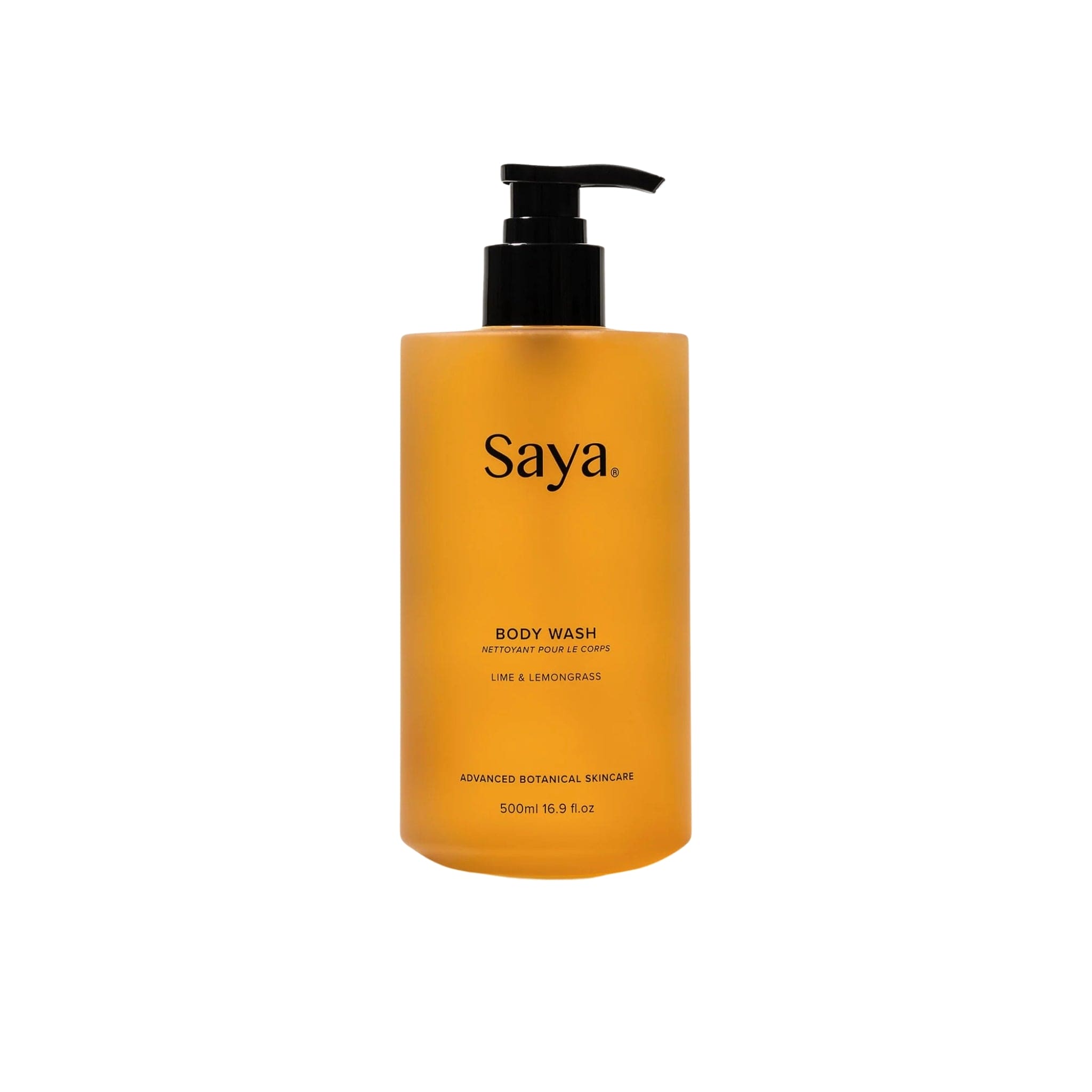
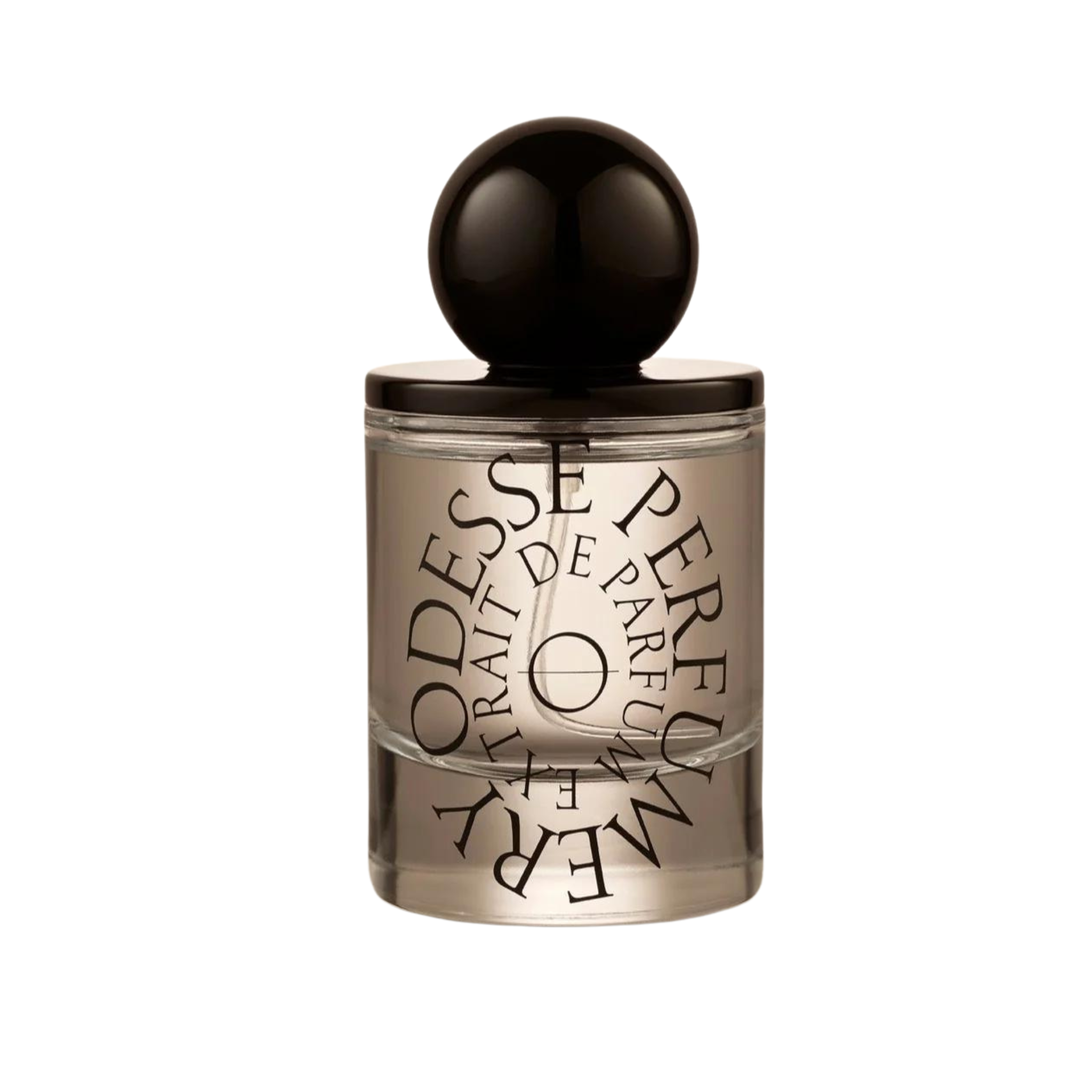
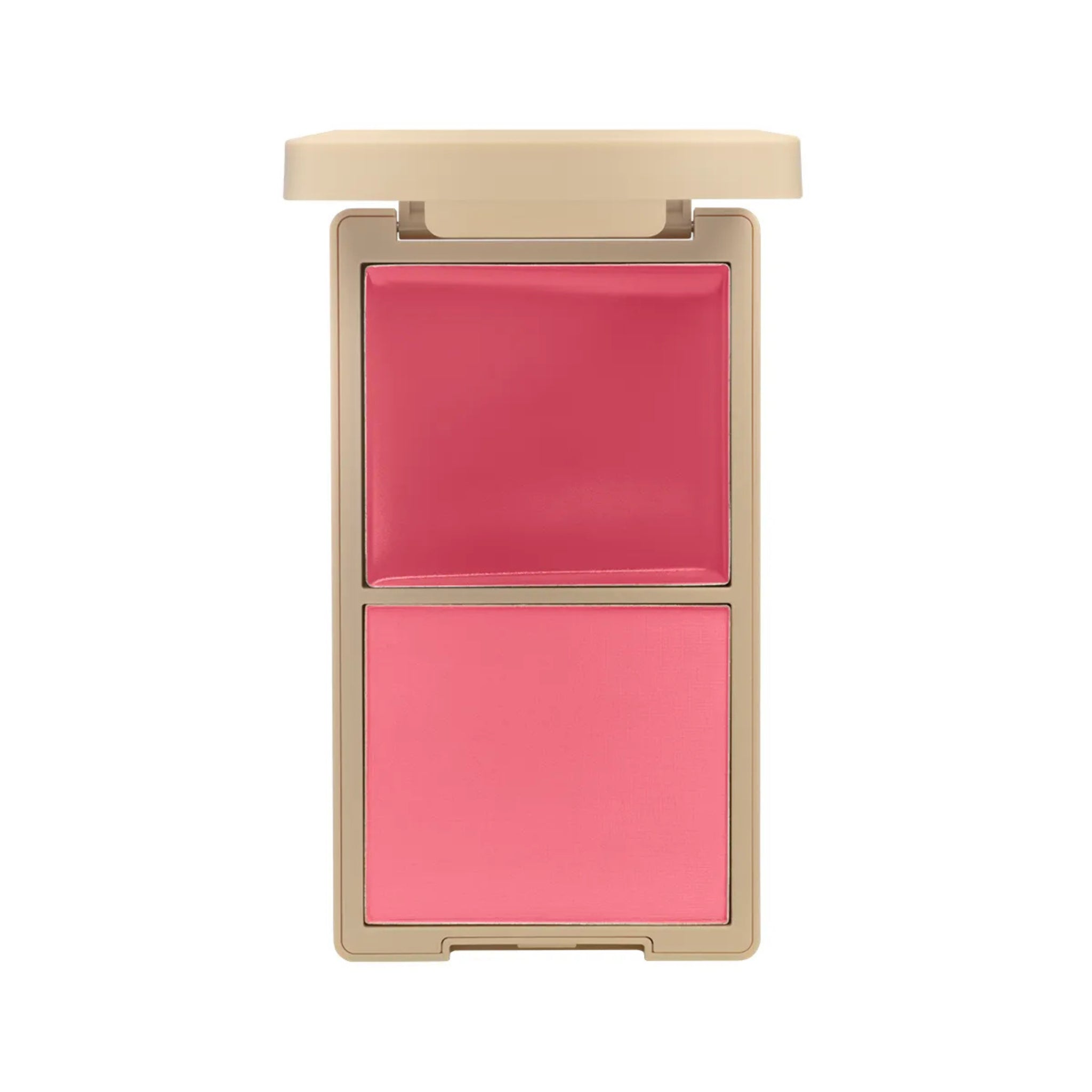
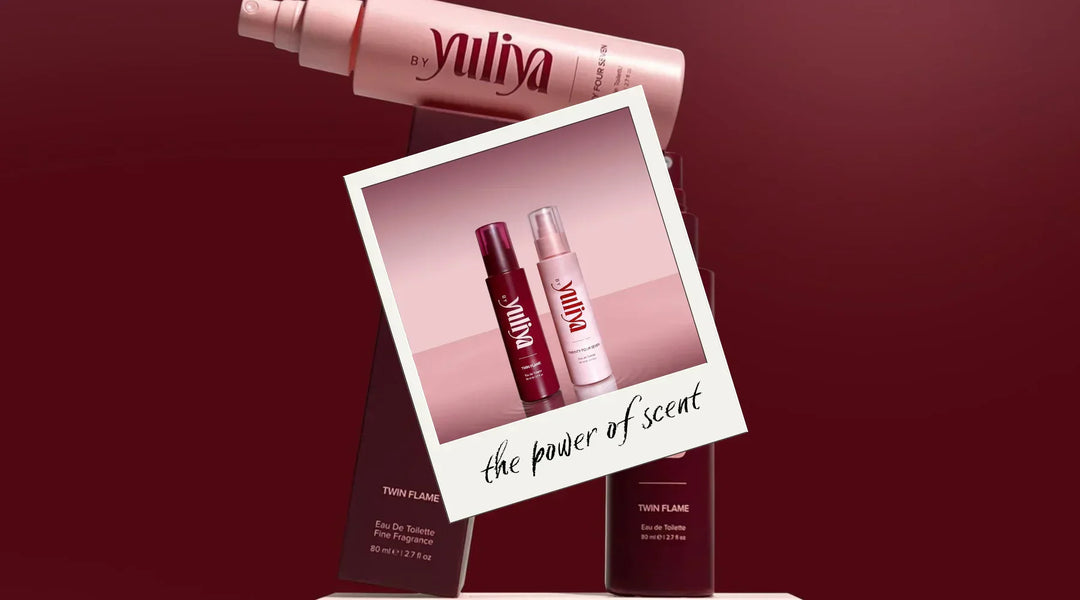
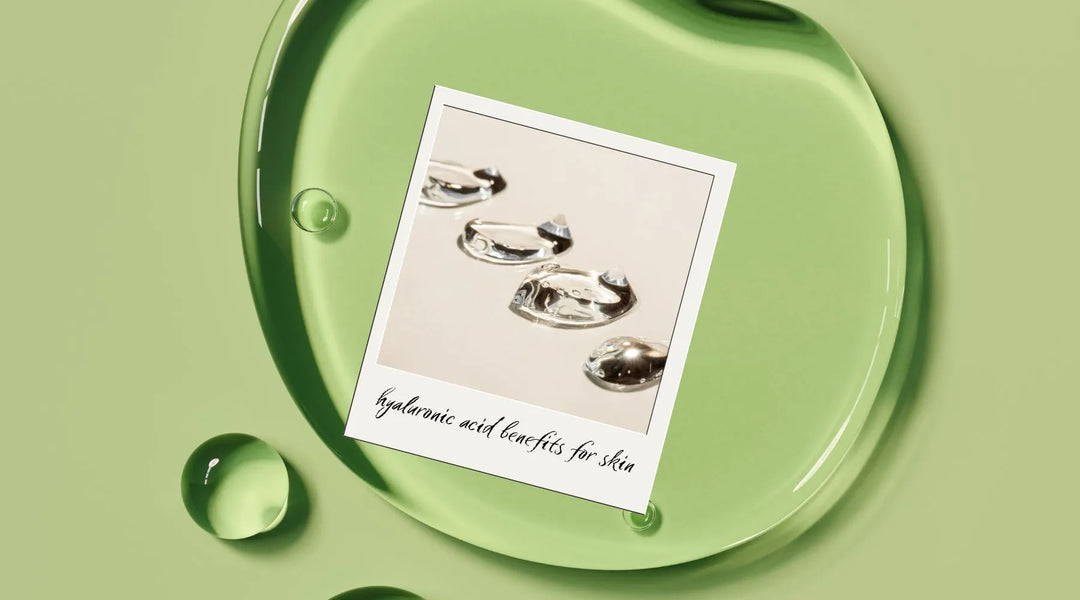
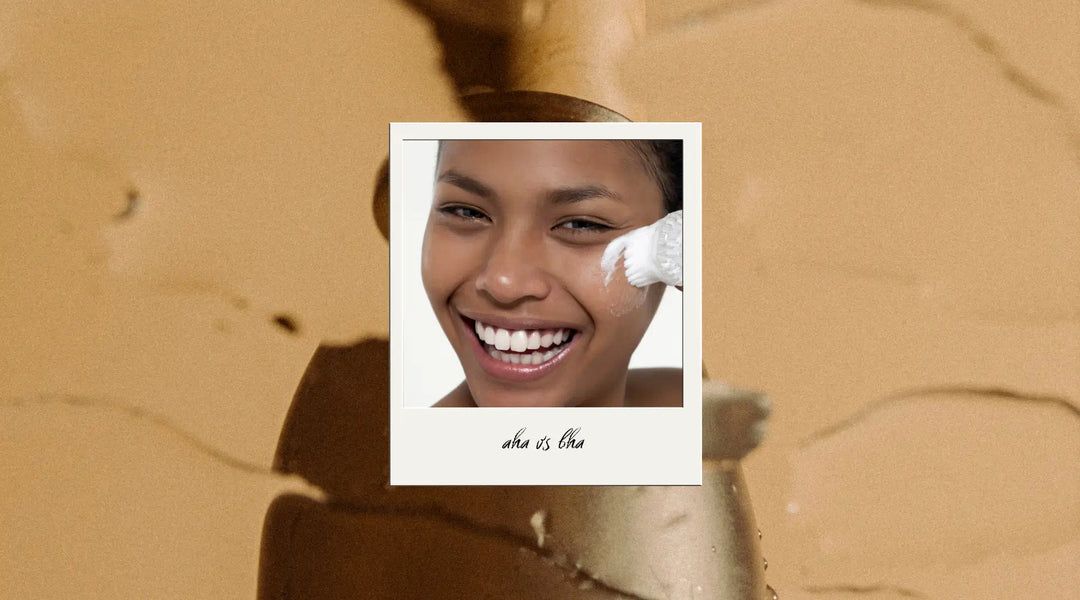
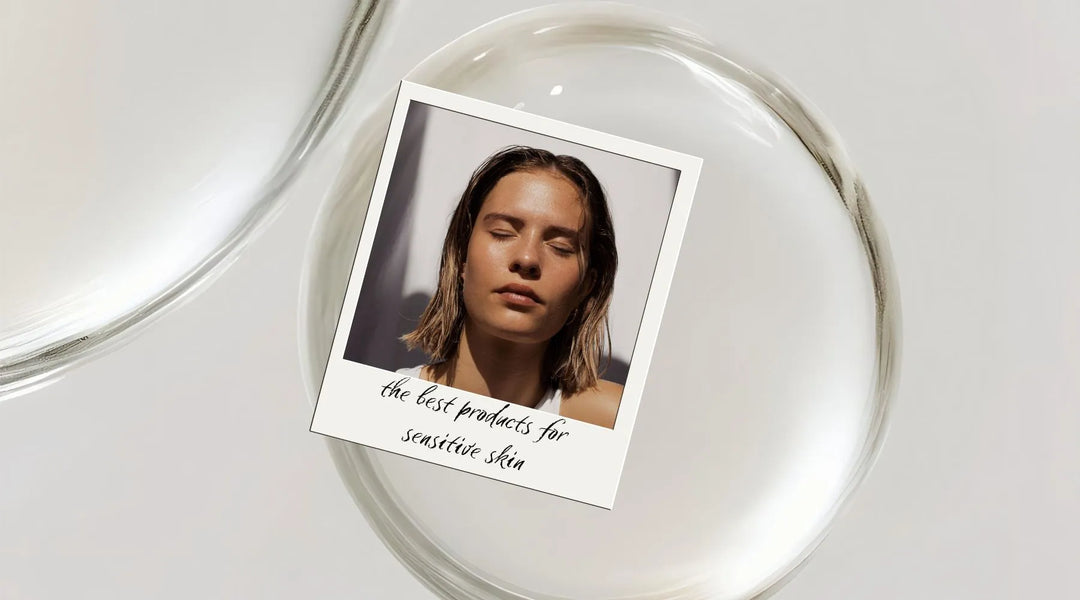
Leave a comment